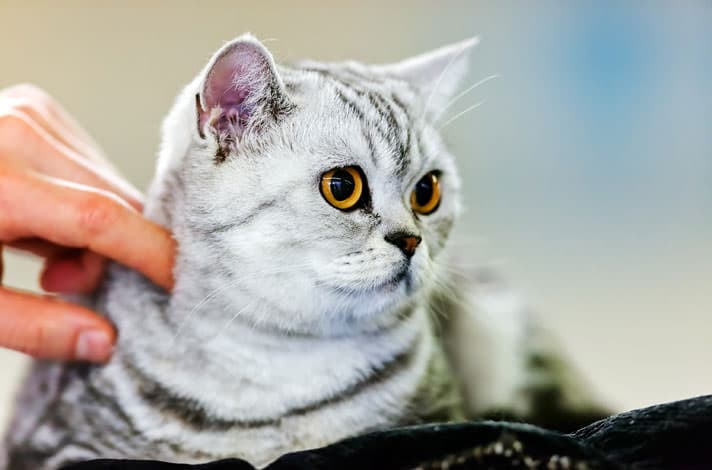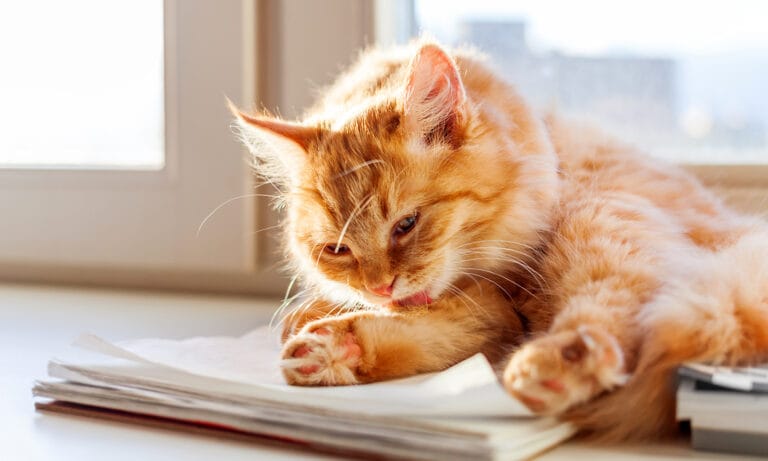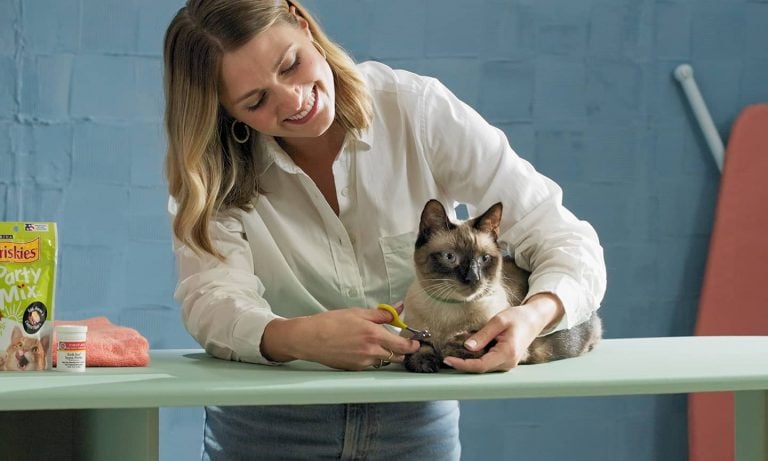Q:
My indoor cat has a very shiny coat. She is groomed on a regular basis, but I notice that my cat has dandruff on her back toward her tail. Her coat is thick and has no area of dry skin. It clear’s for a while and then returns, becoming very heavy. I feed her a well-balanced cat food.
A:
The lower back and the base of the tail are common areas for dry, flaky skin to develop in some cats. Here are some basic sources of cat dandruff:
- Overweight cats will often develop greasy, flaky skin in that area simply because they are too overweight and inflexible to groom themselves properly.
- Occasionally, cats on a restricted fat diet will develop dry, flaky skin.
- Some parasitic skin disorders, such as Cheyletiella (known as “walking dandruff”), can cause the coat to appear flaky and dry.
- Cat dandruff can increase during the winter months when the air becomes drier than normal.
If obesity is the problem, put your cat on an appropriate weight-loss program. Have your veterinarian evaluate the skin and coat and make sure there isn’t a parasitic problem.
I’ve had great success treating these cats with a fatty acid supplement rich in omega-3 fatty acids. It may take four to six weeks to see any change, but usually after that the coat looks wonderful and there are minimal flakes.
By: Arnold Plotnick, DVM
Featured Image: Via vladimir_n/Thinkstock
Share:










